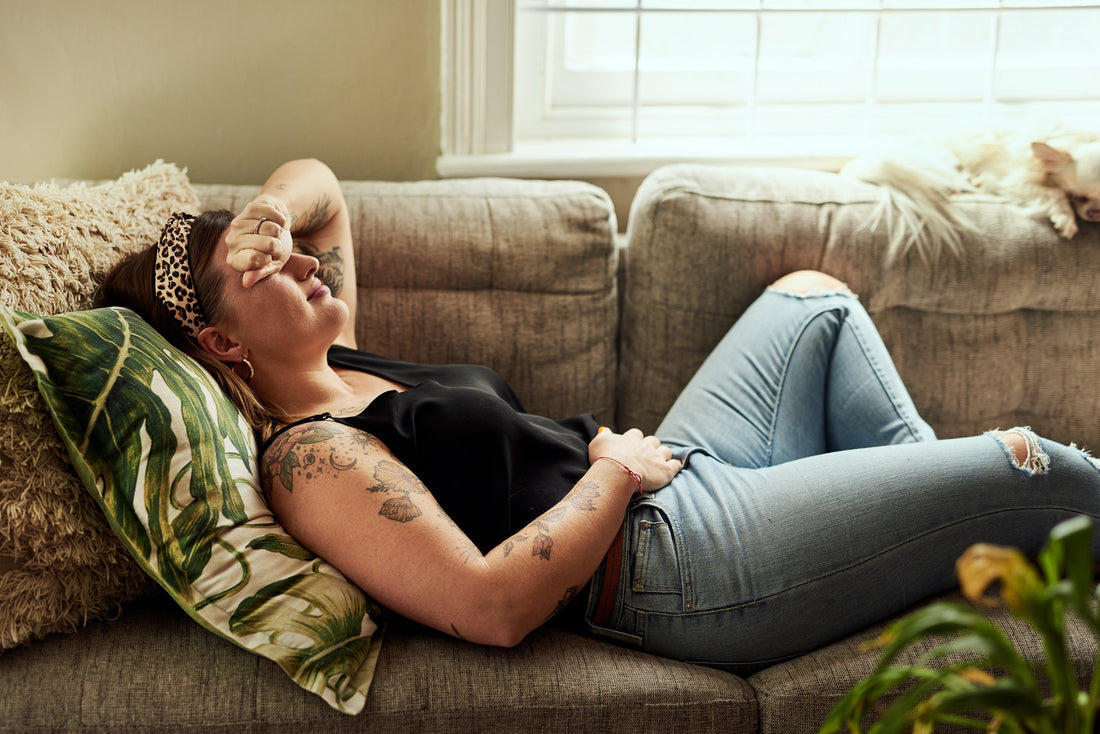Somewhere between five to fourteen days before your period starts you may notice that you are irritable, moody and anxious. You may be bloated, scarfing down carbs and breasts may be tender. That’s when you have that aha moment and remember it’s almost that time of the month. Common symptoms of PMS are cramping, bloating, breakouts, breast tenderness, mood swings, headaches, back pain and fatigue. Approximately 90% of women experience premenstrual symptoms. Symptoms are usually mild and resolve a few days after your period, however, if symptoms persist or affect your daily life, you may be experiencing premenstrual dysphoric disorder (PMDD).
So what can you do to help relieve some of these symptoms?
- Drink plenty of water to ease abdominal bloating and add Bye Bye Bloat to your daily routine
- Decrease your carb intake and eat a well balanced diet that includes fruits and vegetables to improve energy level and decrease bloating and fatigue, also limit your intake of sugar, salt, caffeine, and alcohol
- Add supplements, such as folic acid, vitamin B-6, vitamin D, calcium and magnesium to reduce cramps and inflammation
-
Add Mood Pills which contains chasteberry. Chasteberry helps reduce irritability, mood swings, breast tenderness, swelling, cramps and food cravings
-
Sleeping at least eight hours per night to reduce fatigue, try Sleeping Beauty™ if you having trouble sleeping and Metabolove if you notice that afternoon slump
-
Reduce stress and improve mental health through exercise, yoga or meditation
You can take pain medication, such as ibuprofen to alleviate muscle aches, headaches, and stomach cramping. Taking birth control pills with no pill-free interval or with a shortened pill-free interval may reduce PMS too. There are lots of options to minimize your symptoms and feeling your best all month long.
